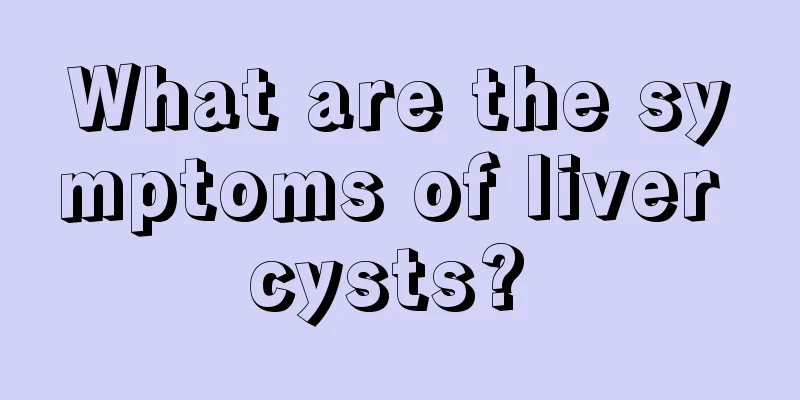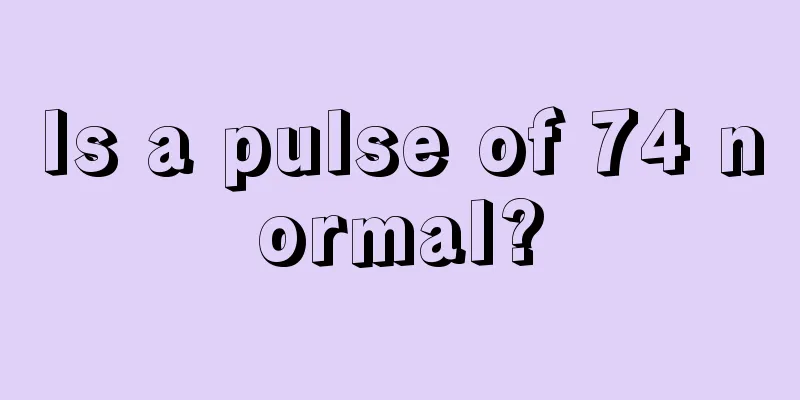What are the symptoms of liver cysts?

|
The liver is one of the important organs of the human body. If liver cysts occur, it will have a great impact on the patient's health. Patients will experience more obvious symptoms, such as nausea and vomiting, loss of appetite, jaundice, abdominal pain, etc. These symptoms may cause severe discomfort to patients, so patients can still discover them in time and should seek medical examination and treatment in time. Liver cysts may be asymptomatic for a long time or for life due to their slow growth and are often discovered accidentally during B-ultrasound examination. The main clinical manifestations vary with the location, size, number of the cysts, whether they compress adjacent organs, and the presence or absence of complications. Simple liver cysts are relatively rare, and occur more often in females than in males, with a male-to-female ratio of 1:4. About 20% of patients have symptoms. The most common initial symptom is an increase in abdominal circumference. The initial symptoms can begin at any age, but most often occur between 20 and 50 years old. Other common clinical symptoms and signs are as follows: 1. Gastrointestinal symptoms When the cyst enlarges and presses on the stomach, duodenum, and colon, it can cause symptoms such as fullness after meals, loss of appetite, nausea, and vomiting. 2. Abdominal pain Large, heavy cysts may cause distending discomfort, dull pain, or mild, dull ache in the upper abdomen. Sudden onset of severe pain or symptoms and signs of peritonitis may indicate complications such as cyst bleeding or rupture, and may also cause chills and fever. 3. Abdominal mass The discovery of an abdominal mass is the primary initial presentation in many patients. 4. Jaundice Cysts near the porta hepatis that compress the hepatic duct or common bile duct can cause mild jaundice, which occurs less frequently, in only about 5% of cases. 5. Physical examination The main sign is a mass felt in the abdomen that moves with respiration. The mass has a smooth surface and is usually hard, only partially cystic and fluctuating. Its location depends on where the cyst occurs, but most are located in the right upper abdomen. examine 1. B-mode ultrasound Type B ultrasound examination for diagnosing liver cysts has the advantages of high sensitivity, non-traumatic, simplicity and ease. Cysts <1 cm are also easy to detect with an accuracy rate of 98%. It can also determine the nature, location, size, number of cysts and the extent of liver involvement, making it the preferred examination method for this disease. The sonographic image of liver cysts shows round or oval liquid dark areas in the liver, with thin cyst walls, neat and smooth edges, and clear boundaries with surrounding tissues. The echoes of the posterior wall of the cyst and deep tissues are enhanced, and the wall is often accompanied by refracted acoustic shadows. 2. CT scan CT examination can accurately show the location, size, range and nature of liver cysts, with a diagnosis rate of 98%. On CT scans, liver cysts appear as round or elliptical low-density areas with clear boundaries and uniform density, and show no enhancement after intravenous contrast imaging. |
>>: What are the symptoms of corpus luteum cyst?
Recommend
Can I eat beans if I have skin cancer?
Beans have anti-cancer effects. Soybeans contain ...
A good way to detoxify the human body
The fewer toxins a person has in their body, the ...
I did a cervical cancer screening and was found to have HPV infection
I am very happy to serve you and see your questio...
My left cheek is swollen, what's going on?
There are two very hard things on the human face,...
Can patients with cervical cancer still have children? How to prevent cervical cancer
Cervical cancer is one of the most common cancers...
The role of soap nuts
The medicinal material soapberry can kill bacteri...
Left wrist joint pain?
Joint pain in the left wrist is most likely cause...
What are the benefits of eating lamb kidneys
Lamb is a meat that most people like. Many people...
What to drink with black tea?
High-quality black tea is usually drunk neat, but...
Does mugwort help you sleep?
The air quality has become very poor now. We ofte...
How to solve muscle strain and ligament strain
Muscle strain and ligament strain are quite commo...
How to clean the triangular area on the face
In our daily life, we often encounter the skin in...
Can kidney cancer be transmitted to others?
Do you know that kidney cancer is usually transmi...
Can chronic gastritis eat pineapple
Can people with chronic gastritis eat pineapple? ...
How long does it take to follow up after hemisection of thyroid cancer
The follow-up time after hemisection of thyroid c...









